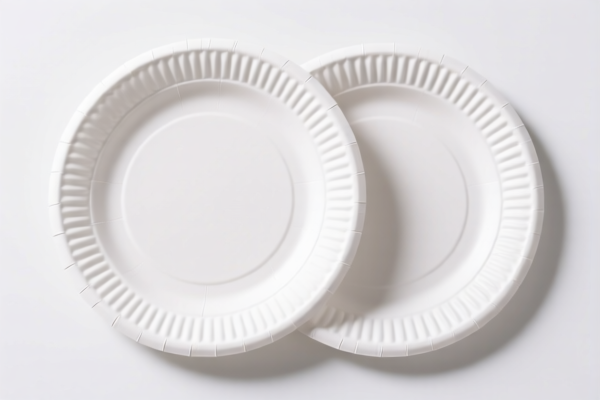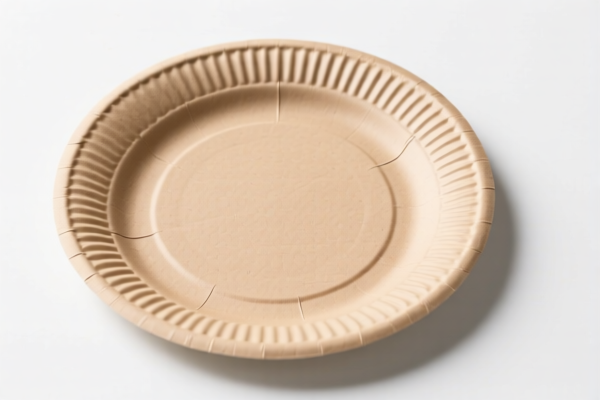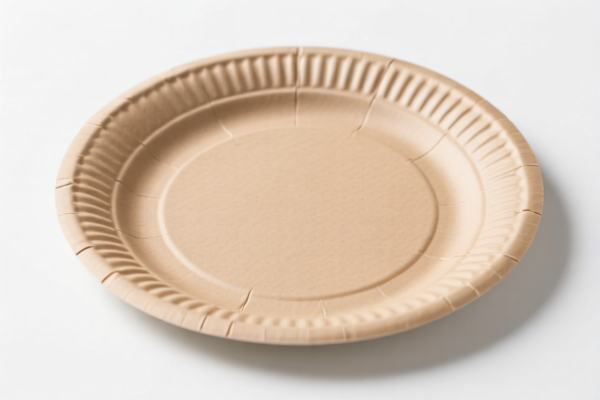| HS Code | Official Doc | Tariff Rate | Origin | Destination | Effective Date |
|---|---|---|---|---|---|
| 4823690040 | Doc | 55.0% | CN | US | 2025-05-12 |
| 9602005080 | Doc | 40.2% | CN | US | 2025-05-12 |




Okay, let's break down the HS codes and tax implications for your declared "PAPER PLATES". Here's a detailed analysis to help you understand the classification and potential costs:
Understanding HS Codes – A Quick Primer
HS codes (Harmonized System codes) are internationally standardized codes used to classify traded products. The first 6 digits are generally consistent worldwide, while the last digits can vary by country. Here's how to interpret them:
- Chapter (First 2 digits): Broad category of the product.
- Heading (First 4 digits): More specific classification within the chapter.
- Subheading (First 6 digits): Even more detailed classification.
- National Code (Last digits): Country-specific code for further refinement.
Analysis of Your Declared Items
You have two HS codes associated with your "PAPER PLATES" declaration. Let's examine each one:
1. HS Code: 4823.69.00.40 – "Other paper, paperboard, cellulose wadding and webs of cellulose fibers, cut to size or shape; other articles of paper pulp, paper, paperboard, cellulose wadding or webs of cellulose fibers: Trays, dishes, plates, cups and the like, of paper or paperboard: Other Other"
- Chapter 48: Manufactured articles of paper or paperboard. This clearly indicates your product falls under paper-based goods.
- Heading 4823: Articles of paper or paperboard containing cellulose wadding or webs of cellulose fibers. This specifies items made from paper pulp or similar materials.
- Subheading 4823.69: Trays, dishes, plates, cups and the like, of paper or paperboard. This is a very specific classification for your paper plates.
- National Code 40: Further specifies the type of paper plates.
Tax Implications (4823.69.00.40):
- Basic Duty: 0.0% - This is good news! There's no base tariff on these plates.
- Additional Duty: 25.0% - This is a significant additional tariff.
- Post April 2, 2025: Additional Duty increases to 30.0% - Be aware of this change!
- Total Tax: 55.0% - This is the combined tax rate you'll likely pay.
Important Considerations (4823.69.00.40):
- Material Composition: Confirm the plates are primarily made of paper or paperboard. If there are significant plastic coatings or other materials, this HS code might be incorrect.
- Single-Use vs. Reusable: The classification might differ slightly depending on whether these are designed for single use or are more durable/reusable.
- Certification: Depending on the intended use (e.g., food contact), you may need certifications like food-grade paper certification.
2. HS Code: 9602.00.50.80 – "Worked vegetable or mineral carving material and articles of these materials; molded or carved articles of wax, of stearin, of natural gums or natural resins, of modeling pastes, and other molded or carved articles, not elsewhere specified or included; worked, unhardened gelatin (except gelatin of heading 3503) and articles of unhardened gelatin: Other Other"
- Chapter 96: Miscellaneous manufactured articles. This is a broad category for items that don't fit neatly into other classifications.
- Heading 9602: Worked vegetable or mineral carving material and articles of these materials. This is unusual for paper plates and suggests the plates may contain significant non-paper components.
- Subheading 9602.00: Other.
- National Code 80: Further specifies the type of item.
Tax Implications (9602.00.50.80):
- Basic Duty: 2.7% - A small base tariff.
- Additional Duty: 7.5% - A moderate additional tariff.
- Post April 2, 2025: Additional Duty increases to 30.0% - A significant increase.
- Total Tax: 40.2% - The combined tax rate.
Important Considerations (9602.00.50.80):
- Material Composition: This HS code is highly suspect for standard paper plates. It suggests the plates are made of something other than primarily paper. Are they made of wood pulp, molded fiber, or another material?
- Intended Use: What is the specific purpose of these plates? This could influence the correct classification.
Recommendations:
- Double-Check Material Composition: The most important thing is to accurately determine what your paper plates are made of. The HS code must reflect the primary material.
- Review the HS Code Descriptions: Carefully read the full descriptions of both HS codes to see which one best fits your product.
- Consider a Binding Ruling: If you're unsure, you can request a binding ruling from your local customs authority. This is a formal determination of the correct HS code.
- Prepare for Potential Changes: Be aware of the additional tariff increases coming on April 2, 2025.
- Documentation: Keep detailed records of your product's materials, manufacturing process, and intended use.
To help me refine this analysis, could you tell me:
- What is the primary material of the paper plates? (e.g., 100% paper, coated paper, wood pulp, etc.)
- Are they designed for single use or are they more durable?
- What is the intended use of the plates? (e.g., food service, crafts, etc.)
Disclaimer: I am an AI assistant and cannot provide definitive customs advice. This information is for general guidance only. You should consult with a qualified customs broker or your local customs authority for specific advice.
Customer Reviews
I loved the detailed analysis of the HS code 4823.69.00.40. It made me understand how the 55% tax is broken down. Very useful for my business.
The info was good, but I wish the site had more details on how to determine the right HS code based on materials. I still feel a bit unsure.
The breakdown of the two HS codes was really helpful. I had no idea there were two options for paper plates, and the tax implications were clear.
This site gave me the exact HS code for my paper plates and even explained the 55% tariff. Definitely helped with my export planning.